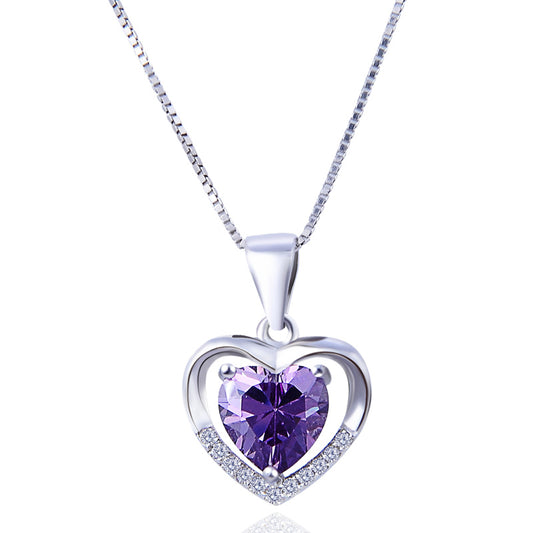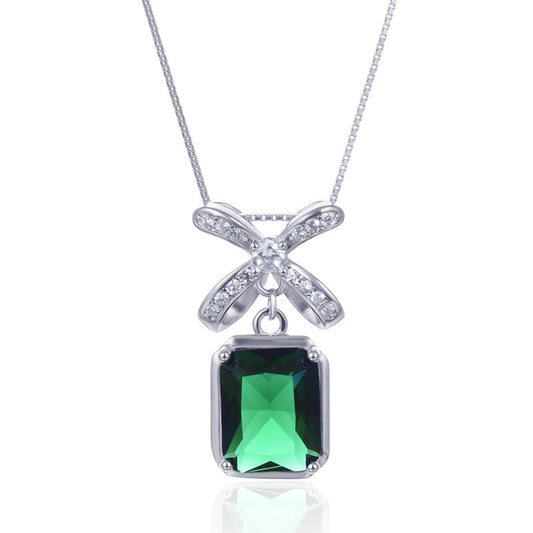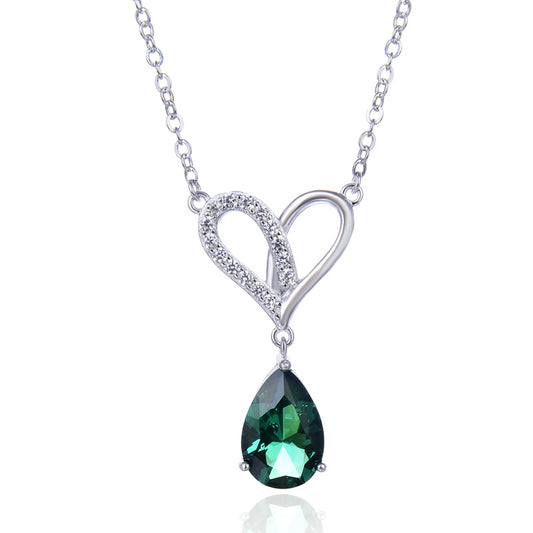Who Invented Valentine's Day?
Valentine's Day, also known as Saint Valentine's Day or the Feast of Saint Valentine, is celebrated annually on February 14th. It's a day filled with roses, chocolates, and declarations of love. But have you ever wondered who invented Valentine's Day and how it came to be such a romantic holiday? Let's dive into the fascinating history behind this lover's celebration.
Origins of Valentine's Day
The exact origins of Valentine's Day are shrouded in mystery, but several legends surround the figure of Saint Valentine. One popular legend connects the day with a third-century Roman priest named Valentine. Under the rule of Emperor Claudius II, who believed that single men made better soldiers, marriage was outlawed for young men. Valentine, however, secretly performed marriage ceremonies for young lovers in defiance of the emperor's decree. When Claudius found out, he had Valentine put to death.
Another legend suggests that Valentine may have been killed for helping Christians escape harsh Roman prisons, where they were often beaten and tortured. According to this legend, before his execution, Valentine wrote a farewell letter to the jailer's daughter, who had become his friend, and signed it "From your Valentine," an expression that is still in use today.
Regardless of the exact origin, by the Middle Ages, Valentine was recognized as a saint, and February 14th became associated with love and romance.
Evolution of Valentine's Day Celebrations
Over the centuries, Valentine's Day evolved from a religious celebration into a more secular holiday focused on romantic love. In the 14th and 15th centuries, Valentine's Day became popular among European aristocracy and upper classes, who exchanged handwritten notes known as "valentines."
These handwritten messages often contained poems, compliments, and declarations of love. As printing technology advanced, mass-produced valentines became popular, often featuring Cupid, hearts, and flowers – symbols that are still closely associated with Valentine's Day today.
By the 19th century, Valentine's Day had spread to the United States, where it was commercialized with the sale of valentines, chocolates, flowers, and other gifts. The holiday gradually became less focused on handwritten letters and more about gift-giving, especially among loved ones.
Modern Valentine's Day
In modern times, Valentine's Day is widely celebrated around the world, especially in Western countries. It's a day for expressing romantic feelings through gift-giving, sending flowers, chocolates, jewelry, or simply spending quality time with a loved one.
The commercial aspect of Valentine's Day has grown significantly, with businesses offering special deals and promotions to capitalize on the romantic holiday. Cards, flowers, chocolates, and jewelry are among the most popular gifts, with many people also opting for romantic dinners or getaways.
Cultural Significance
Valentine's Day is not just a commercial holiday but also holds deep cultural significance. It's a day for appreciating the special people in our lives, for expressing gratitude and love. In some cultures, it's also seen as a day to celebrate friendships and family bonds, not just romantic relationships.
The holiday also serves as a reminder of the importance of love and affection in our lives. In a fast-paced world where people often get caught up in their daily routines, Valentine's Day provides an opportunity to slow down, reflect, and appreciate the loved ones in our lives.
Conclusion
So, who invented Valentine's Day? The answer is not entirely clear, as the origins of the holiday are shrouded in legend and history. However, what is clear is that Valentine's Day has evolved over the centuries from a religious celebration into a worldwide expression of love and affection.
Whether you choose to celebrate with grand gestures or simple acts of kindness, Valentine's Day is a beautiful reminder to cherish the special relationships in our lives. And while the exact origins of the holiday may be unknown, its cultural significance and the joy it brings to millions around the world are undeniable.








